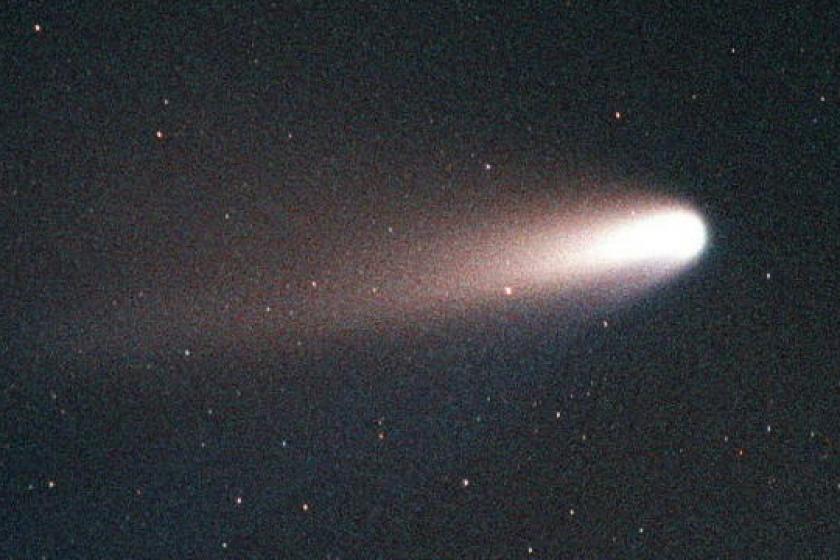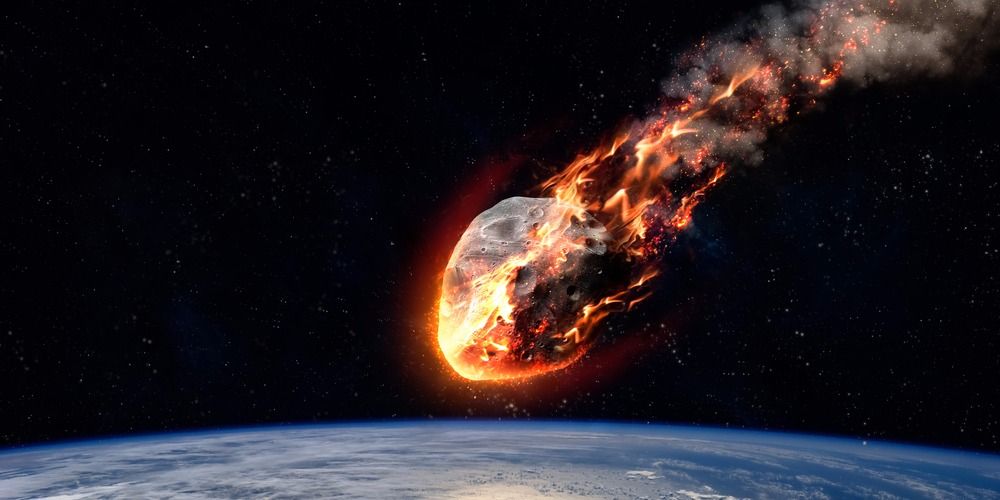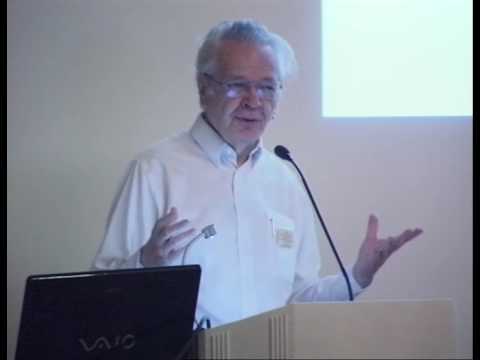Dec 14, 2016
NASA scientist warns Earth is due for an ‘extinction-level event’
Posted by Sean Brazell in categories: asteroid/comet impacts, existential risks
In news certain to take the bounce out of your step, a NASA scientist says Earth is due for an “extinction-level” event that we basically would have no way of stopping.
Dr. Joseph Nuth of NASA’s Goddard Space Flight Center rang the alarm Monday in San Francisco, New York Magazine reports. The comet that spelled disaster for the dinosaurs hit 65 million years ago, and Nuth said the massive asteroids and comets that could wipe out civilization usually strike “50 to 60 million years apart,” making such an event overdue.
In 2014, scientists first spotted a large comet barreling toward Mars just 22 months before it came perilously close to hitting the planet. That wasn’t enough time to do anything, Nuth said, proof that “the biggest problem, basically, is there’s not a hell of a lot we can do about it at the moment.” To prevent a catastrophic event, Nuth suggests NASA create a rocket that can go in storage, ready to be used if a huge comet comes our way. “It could mitigate the possibility of a sneaky asteroid coming in from a place that’s hard to observe, like from the sun,” Nuth said. The way 2016 has gone so far, you might want to start scanning the sky. Catherine Garcia.
Continue reading “NASA scientist warns Earth is due for an ‘extinction-level event’” »









 In Part II, the recently established new fundamental discipline of cryodynamics, based on long-range attraction, is described in a parallel format. In Part III finally, the combination (“dilute hot-plasma dynamics”) is described as a composite third sister discipline with its still largely unknown properties. The latter include the prediction of a paradoxical “double-temperature equilibrium” or at least quasi-equilibrium existing which has a promising technological application in the proposed interactive local control of hot-plasma fusion reactors. The discussion section puts everything into a larger perspective which even touches on cosmology.
In Part II, the recently established new fundamental discipline of cryodynamics, based on long-range attraction, is described in a parallel format. In Part III finally, the combination (“dilute hot-plasma dynamics”) is described as a composite third sister discipline with its still largely unknown properties. The latter include the prediction of a paradoxical “double-temperature equilibrium” or at least quasi-equilibrium existing which has a promising technological application in the proposed interactive local control of hot-plasma fusion reactors. The discussion section puts everything into a larger perspective which even touches on cosmology.







